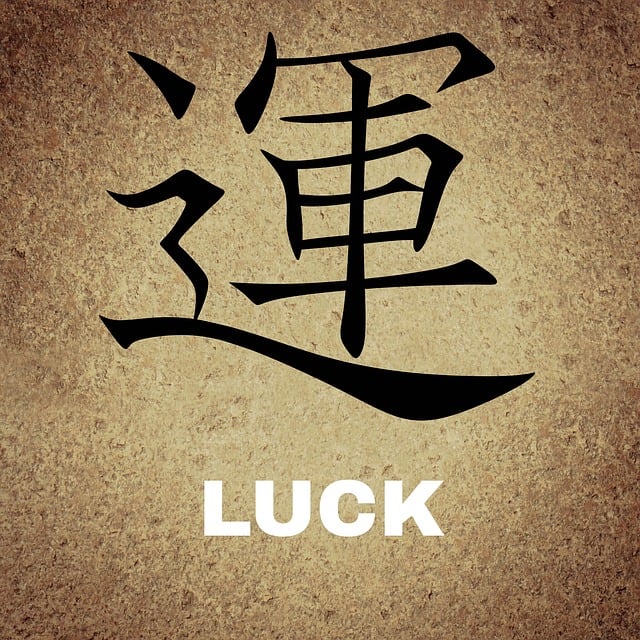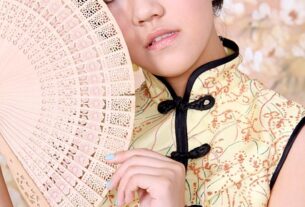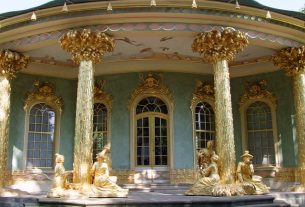Traditional Chinese houses stand out globally for their exquisite craftsmanship, aesthetic allure, and cultural significance. These residences blend historical beauty with functional design using natural materials like wood, stone, and clay, along with feng shui principles. Their signature features, such as curved roofs and intricate decorations, promote serenity and prosperity while open layouts enhance airflow and light. Modern architects draw inspiration from these designs, successfully blending history with contemporary comfort in acclaimed renovations and new builds that preserve China's architectural legacy. The architecture of Traditional Chinese Houses reflects the rich history and diverse regional styles of China, fostering community and tranquility through intricate details like latticework and courtyards.
“Uncover the enchanting world of Traditional Chinese Houses, where exquisite craftsmanship and timeless aesthetics converge. This article delves into the intricate beauty of these architectural marvels, exploring their superior design principles proven over centuries. From renowned structures to innovative modern interpretations, we unveil the success stories behind China’s iconic housing. Discover how traditional elements continue to shape contemporary living, with designs recognized globally for their harmonious blend of form and function.”
- Discovering the Superior Craftsmanship of Traditional Chinese Houses
- Explore Proven Designs in Traditional Chinese Architecture
- Unveiling Successful and Innovative Traditional Chinese Houses
Discovering the Superior Craftsmanship of Traditional Chinese Houses

Traditional Chinese houses are renowned for their superior craftsmanship and aesthetic appeal, reflecting centuries of cultural evolution and architectural brilliance. These residences stand as a testament to the skill and ingenuity of Chinese builders, who have meticulously crafted spaces that seamlessly blend functionality with beauty. One of the most striking features is the use of natural materials, such as wood, stone, and clay, which not only enhance the structural integrity but also contribute to a harmonious connection with nature.
For instance, the intricate wooden carvings in traditional Chinese architecture, often seen in doorframes and window panes, showcase the mastery of woodcraft. These intricate designs, sometimes depicting floral motifs or mythical creatures, add a layer of artistic depth and symbolism. Moreover, the concept of feng shui is intricately woven into the design and orientation of these houses, aiming to establish a balance between humans and their surroundings, ensuring positive energy flows within the living spaces. This meticulous attention to detail and the fusion of art and functionality make Traditional Chinese houses exceptional architectural marvels that continue to captivate and inspire.
Explore Proven Designs in Traditional Chinese Architecture

Traditional Chinese architecture boasts a rich history and unique aesthetics that have captivated designers worldwide. When it comes to residential design, the focus on harmony with nature, meticulous craftsmanship, and elegant simplicity is evident in many iconic structures. One of the most recognizable features is the use of curved roofs, often adorned with intricate decorations, symbolizing prosperity and a connection to the sky. The layout typically emphasizes functionality, with open spaces that facilitate natural airflow and light, creating a serene living environment.
A prime example is the classic Siheyuan (four-yard court), featuring a central courtyard surrounded by residences, which was prevalent during the Ming and Qing dynasties. These homes often display exquisite woodcarvings, intricate latticework, and beautiful tile work. The use of natural materials like bamboo, timber, and stone not only ensures structural integrity but also adds warmth and texture to the interior spaces. Many modern architects draw inspiration from these traditional designs, seamlessly blending historical elements with contemporary comfort, as evidenced by successful renovations and new builds that have earned accolades for their exceptional craftsmanship and commitment to preserving China’s architectural legacy.
Unveiling Successful and Innovative Traditional Chinese Houses

Unveiling the architecture of Traditional Chinese Houses reveals a harmonious blend of aesthetics, functionality, and cultural symbolism. These structures are more than just homes; they are microcosms reflecting the rich history and diverse regional styles of China. Crafted with meticulous attention to detail, traditional Chinese houses often feature elegant curves, balanced proportions, and natural materials like wood, brick, and stone. The iconic shikumen (stone-gate houses) in Shanghai, for instance, showcase intricate latticework, overhanging eaves, and courtyards that foster a sense of community and tranquility.
Innovations in Traditional Chinese House design have evolved over centuries, adapting to technological advancements while preserving cultural heritage. Modern architects draw inspiration from these ancient models, incorporating sustainable practices and contemporary aesthetics. For example, the award-winning Yin-Yang House by Shanghai-based firm Aedif is a stunning fusion of traditional and modern elements. Its curved lines, natural lighting, and thoughtful spatial arrangement exemplify China’s commitment to architectural excellence and its ongoing dialogue between tradition and innovation in housing design.
Chinese houses, characterized by their superior craftsmanship, proven designs, and innovative features, continue to captivate and inspire the world. By exploring the rich tapestry of traditional architecture and embracing modern interpretations, we can uncover a truly remarkable aspect of cultural heritage. Whether appreciating the intricate details or admiring the functional innovation, these Traditional Chinese Houses are a testament to the enduring appeal of timeless design. Trust in the quality and beauty of their construction ensures that they remain a source of pride for China and a fascination for global audiences.



